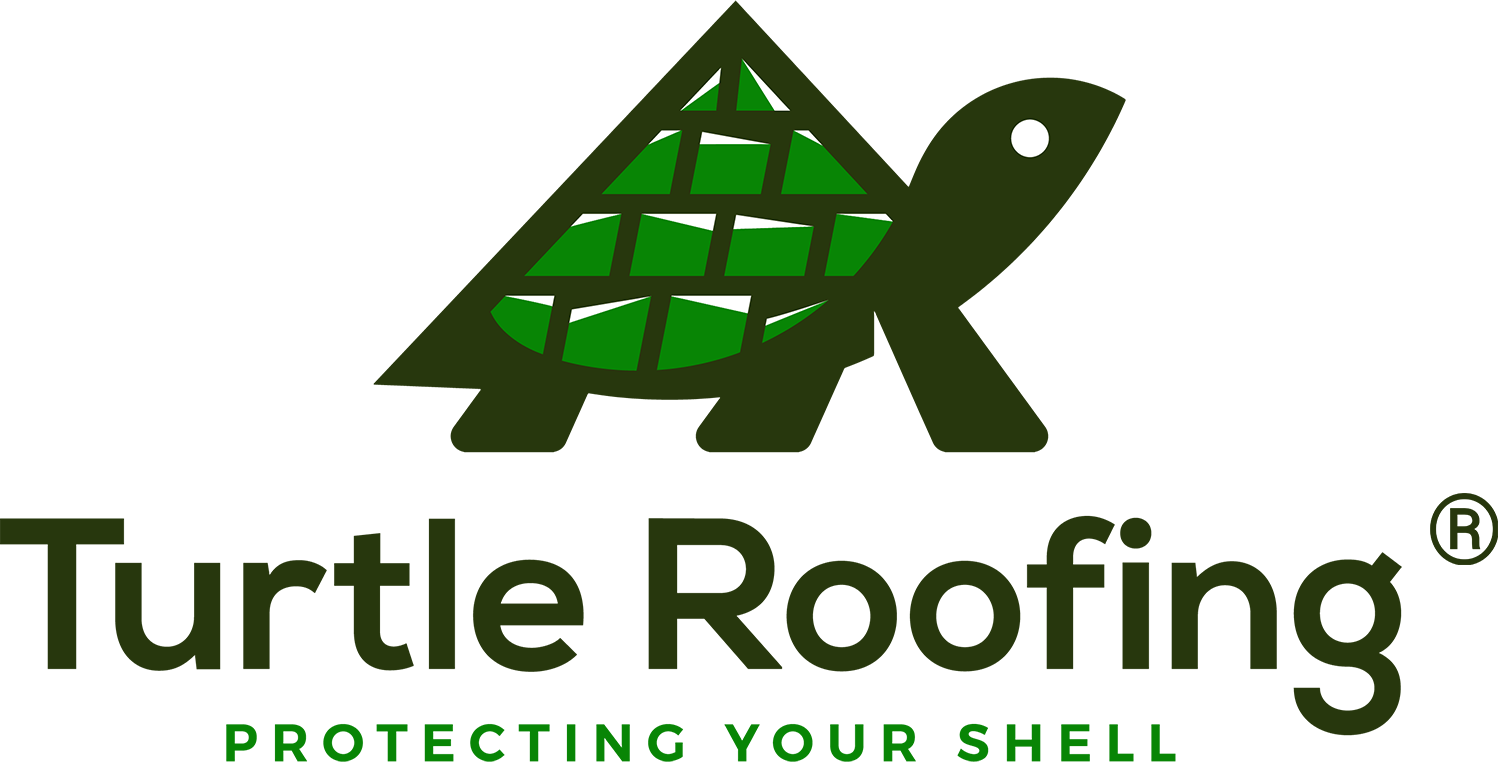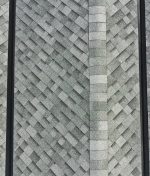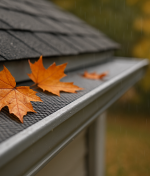Ice dams form when warm attic air melts rooftop snow, then refreezes at cold eaves. Trapped water backs up under shingles and can stain ceilings, soak insulation, and damage fascia. Use this ice dam prevention checklist to prepare your roof, attic, and gutters for winter in Nebraska and Iowa. Stay on the ground and keep safety first. If anything looks off, schedule our free winter roof check.
The 10-Step Ice Dam Prevention Checklist
- Seal warm-air leaks into the atticWeatherstrip the attic hatch, seal can-light trims, and foam plumbing and wiring penetrations. Goal: reduce attic heat that melts rooftop snow.
- Verify soffit intake is openLook for soffit vents along the eaves. In the attic, install baffles where insulation touches the roof deck so air can move from soffit to ridge.
- Confirm continuous ridge exhaustA ridge vent at the peak lets warm attic air escape. If there is no ridge vent, box vents near the peak can help. Intake must match exhaust.
- Check insulation depth and coverageAim for R-49 or higher in most attics. Level low spots and keep insulation pulled back from soffit openings.
- Clean gutters and outlets before first snowRemove leaves and sediment so meltwater flows to the downspouts. Make sure downspouts are clear and extensions direct water away from the foundation.
- Confirm roof edge protectionAsk your roofer if ice and water shield is installed at eaves and valleys. This stick-down membrane seals around nails and backs up your shingles.
- Review roof geometry hot spotsValleys, low-slope sections, and north-facing eaves freeze first. Plan extra attention in these areas throughout the season.
- Use a roof rake from the ground after big snowsPull snow back three to four feet above the eave to reduce meltwater. Never climb onto a snowy roof.
- Know when heat cables make senseHeat cables can open a melt channel along stubborn eaves. Use them as a backup, not a substitute for insulation and ventilation.
- Schedule a winter roof checkA professional visit confirms airflow, flashing, and edge protection. Our team inspects shingles, ridge caps, valleys, and gutters, then gives clear next steps.
Why Ventilation Is a Difference-Maker
Balanced airflow keeps the roof deck closer to outdoor temperature, which limits daytime melt and night refreeze.
| Vent Part | What It Does | What To Look For |
|---|---|---|
| Soffit intake | Brings in cool outside air | Open vents and attic baffles that keep insulation off the deck |
| Ridge exhaust | Lets warm attic air escape | Continuous vent at the peak with a clear air path under it |
| Baffles | Maintain an air channel | One in every rafter bay above each soffit opening |
| Air sealing | Blocks indoor heat from rising up | Foam and seal around lights, pipes, and wiring |
If you are unsure whether your venting is balanced, we can measure and provide a simple plan.
Ground-Level Signs You May Be at Risk
- Persistent icicles along the eaves after sunny winter days
- Frost on nails or dark stains visible from the attic hatch
- Water lines on fascia boards or streaks down siding near eaves
- Melted bands on the roof with thick ice only at the edges
Do and Do Not List
| Do | Do Not |
|---|---|
| Use a roof rake from the ground to lower snow load at eaves | Climb onto a snowy roof or chip ice with tools |
| Seal attic bypass leaks and confirm baffles at soffits | Block soffits with insulation or boxes stored in the eaves |
| Clean gutters and test downspout flow before first snow | Assume gutter guards eliminate all maintenance |
| Ask about ice and water shield at eaves and valleys | Rely on caulk alone to stop winter leaks |
| Call a pro for ventilation and flashing adjustments | Power wash shingles or use salt on the roof |
Winter Tune-Up Plan
| Task | Why It Matters | When To Do It |
|---|---|---|
| Air seal attic penetrations | Stops warm air from melting rooftop snow | Early fall or any time before deep freeze |
| Add or verify baffles | Keeps intake air moving to the ridge | During insulation or any attic visit |
| Clean gutters and outlets | Clears meltwater paths at the edge | Late fall and mid-winter as needed |
| Inspect ridge caps and valleys | Addresses small cracks or lifted edges | During a professional winter check |
| Confirm ice and water shield coverage | Provides a sealed backup at eaves and valleys | During roof replacement or repair |
Frequently Asked Questions
Will heat cables alone stop ice dams?
Heat cables help in stubborn spots, but they do not replace insulation, intake, and exhaust. Use them as a targeted tool after airflow and sealing are correct.
Do gutter guards cause ice dams?
Ice dams form from attic heat and roof-edge cold. Guards do not cause or solve that temperature difference. Clean outlets still matter in winter.
Can I add ventilation without a full reroof?
Often yes. Many homes can add intake at the soffits and limited high exhaust. We will propose the safest, most effective options for your roof shape.




